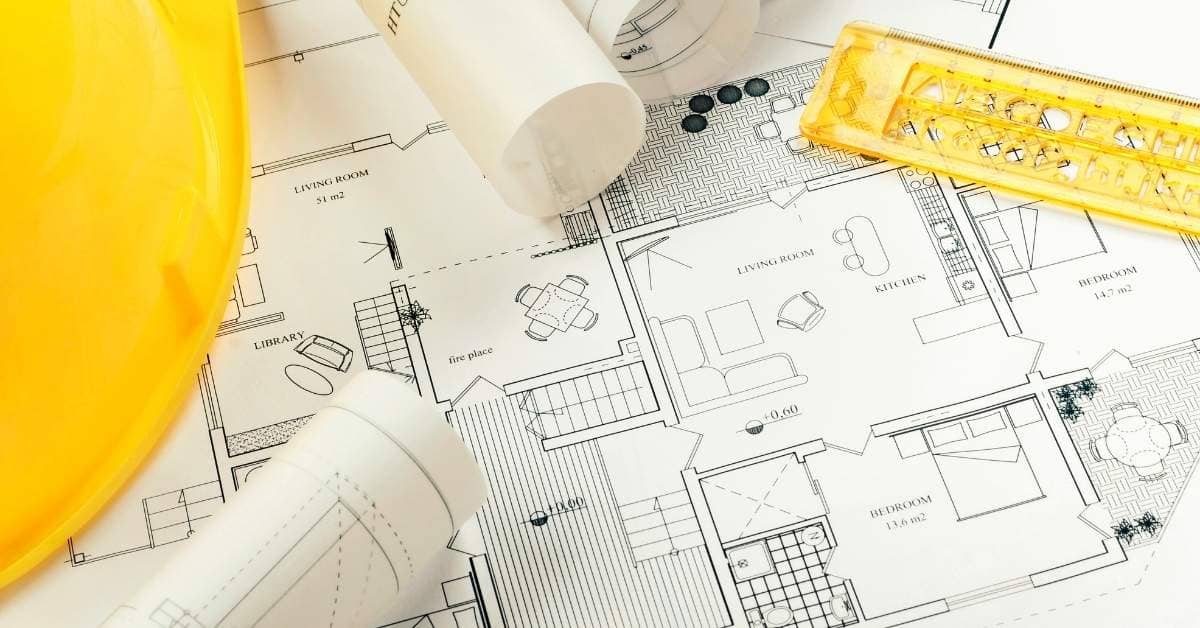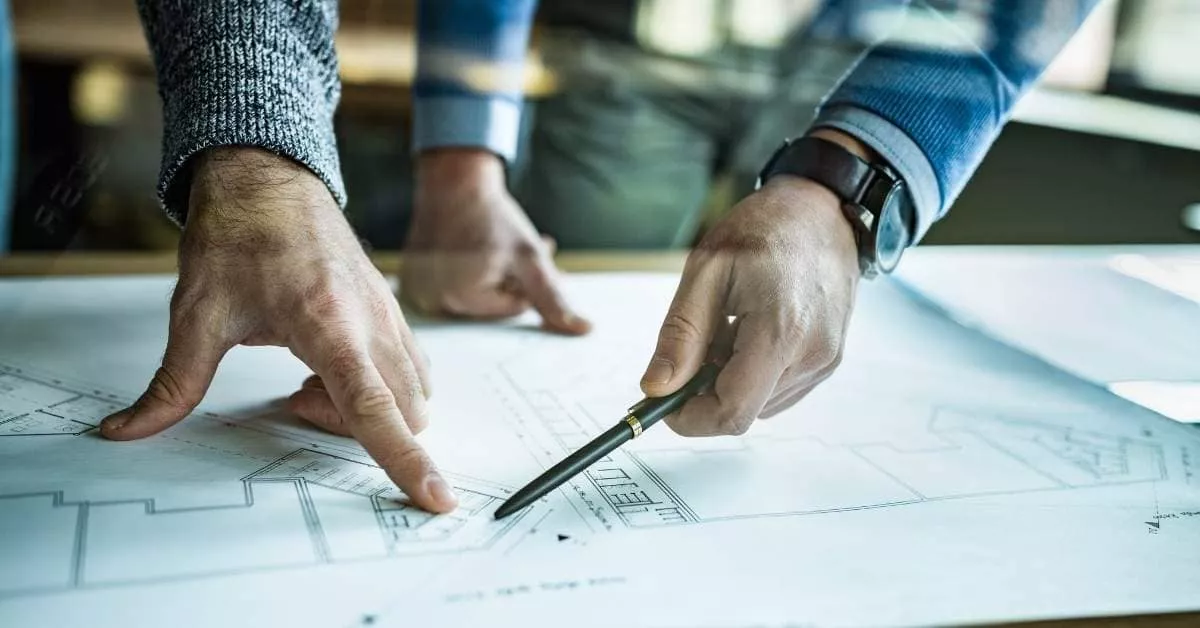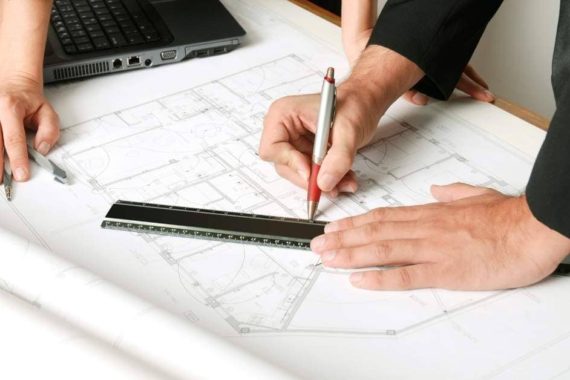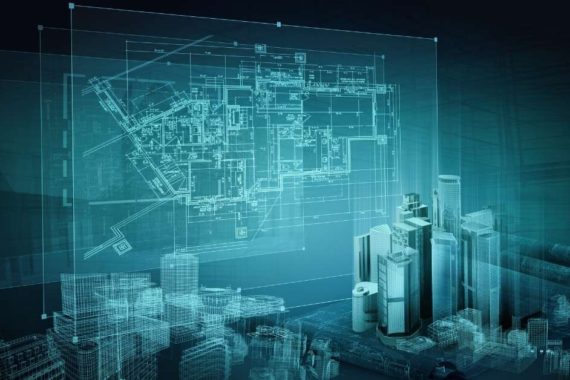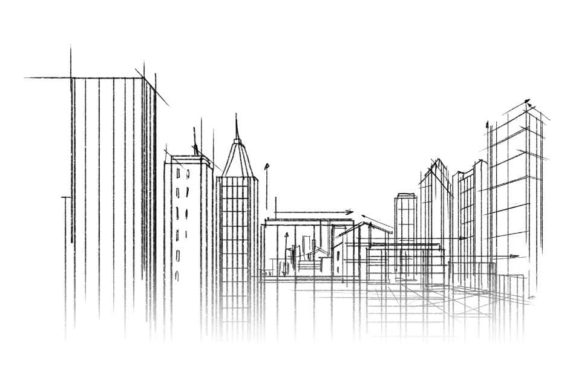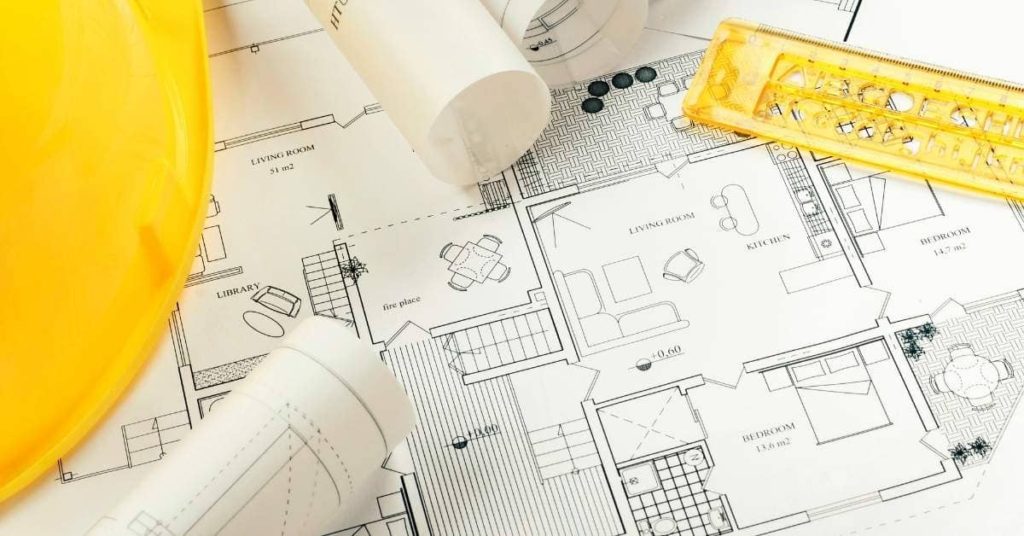
Introduction
A lot of people in the 21st century are turning to prefabricated homes for their Commission homes. These houses are built offsite and then transported to their new location and assembled there. There are many benefits to this process, but also some challenges that you will need to overcome. In this post, we will discuss how you can commission a house in the 21st century with ease by using our proven design & build process.
The Role of the Commissioning Engineer
Hiring a commissioning engineer is an essential part of your home-building process. The role of a commissioning engineer is to ensure that the house is built according to specification and code, as well as is safe for you and your family to live in. Your chosen house builder should provide you with their preferred list of approved suppliers and contractors, including their own designated commissioning engineers who will carry out all necessary checks before handing over keys. It’s important that you get references from previous clients before deciding on who will be responsible for making sure your new home complies with building regulations set by local authorities across England & Wales – bear in mind that if it does not meet legal requirements then this could invalidate any warranties provided by both parties involved (builder & homeowner) when purchasing new build homes accordingly!
A Guide to Building a House Step-by-Step
This guide to building a house step-by-step will give you everything you need to know about building a house from scratch, whether you’re doing it yourself or hiring experts.
- What is the design and build process?
- What is a design and build home?
- How do I commission my own home?
- What are the steps involved in designing and building my own dream home?
What is the Design & Build Process?
The design & build process is a comprehensive process that begins with visioning, progresses through conceptualization and culminates in construction. It’s a step-by-step process that is ongoing, iterative and continuous—it evolves over time. In this way, it differs from the traditional model of building construction which involves creating plans then starting construction on those plans as soon as possible (a linear approach).
In a collaborative environment where multiple parties work together for the common good of a project, communication is key; therefore it’s important to establish effective lines of communication early on in order to develop trust between stakeholders. The more open each party is about their needs and concerns throughout this collaborative process the more likely they’ll be able to achieve success with their project goals.
The Benefits of Building a Prefabricated House
There are many benefits to building a prefabricated house. A prefabricated home is built off-site in a factory, so it can be transported to the building site. This means that you won’t have to wait for weeks or even months for your new home to be completed. Since the house is built in a factory, it’s also more cost-effective than traditional construction methods because there’s no need for materials like lumber and cement (which can get expensive). Furthermore, since prefabricated houses are assembled in factories using high-quality components made of materials such as steel, they’re built to last; there’s no need for touchups or repairs over time because each piece was manufactured with care before being delivered on site!
Prefabricated homes also come with many customizable features that allow you control over everything from heat insulation levels at different times during the year through solar panels installed right on top roofing system; insulation upgrades such as additional walls between bedrooms windows etcetera access doorways wherever needed etcetera…With these kinds of options available today green energy efficient buildings will continue growing in popularity among homeowners looking forward save money on energy bills while reducing environmental impact.”
Commissioning a house is a much easier process when you have a professional on your side.
Commissioning a house is a much easier process when you have a professional on your side. In fact, it’s safe to say that without a commissioning engineer, your experience building your dream home will be more than a little stressful.
Here are the people you need on your team:
- An architect who understands the importance of commissioning and can help get you what you need from the commissioning team;
- A project manager who has been part of many projects before and knows how to keep everything running smoothly;
- A great commissioning engineer who will utilize his or her expertise throughout the construction process to ensure everything checks out once it’s built (and even before).
Conclusion
By now, you should have a better idea of what commissioning a house entails. You’ve also learned about some of the benefits of commissioning your own home, as well as how to start the process. We hope that this article has helped you feel less overwhelmed by the prospect of building your dream home from scratch—and that it’s given you some inspiration to take on this exciting new challenge!

